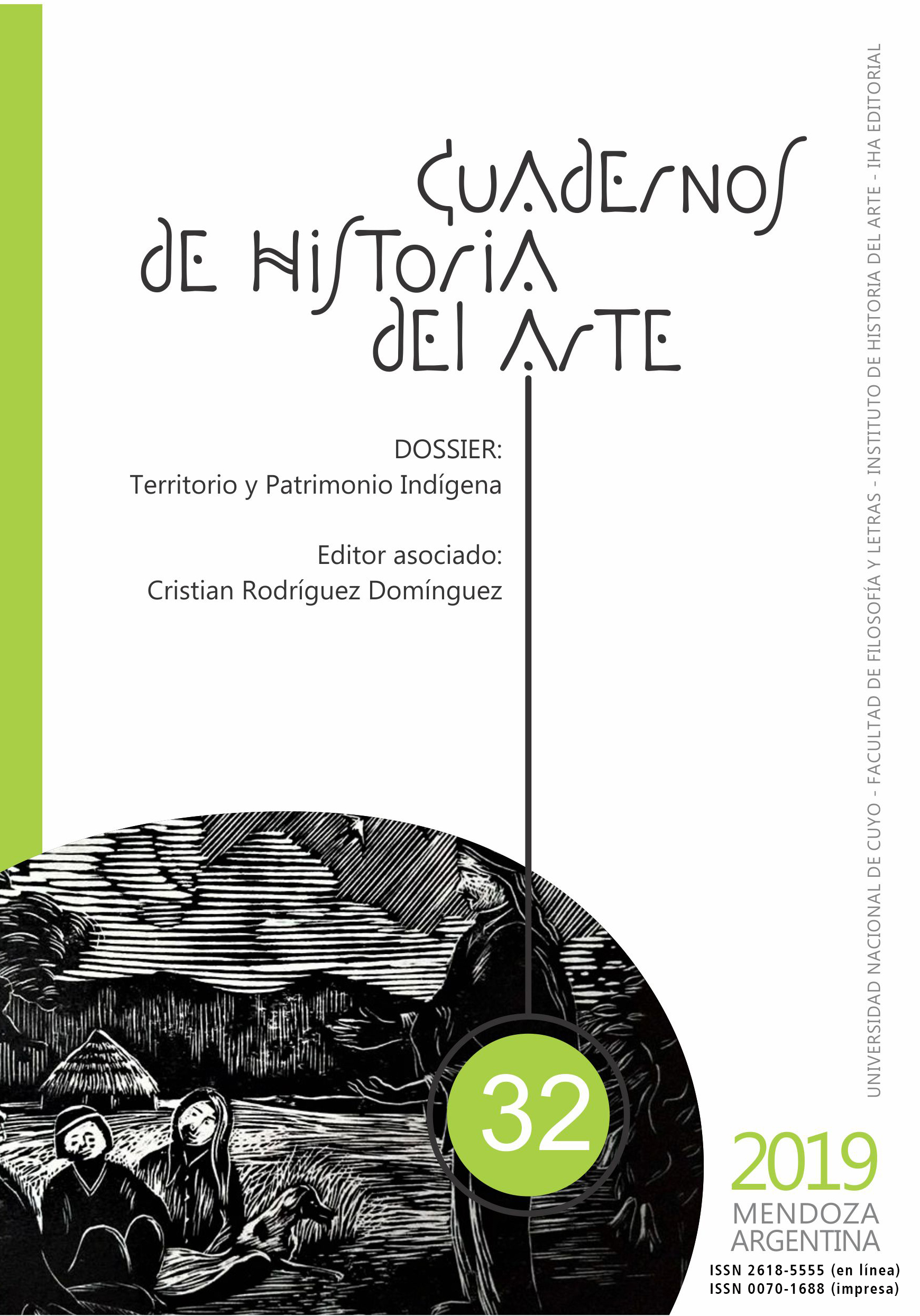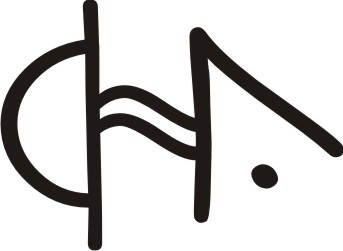El paisaje como tema, problema y situación
Palabras clave:
Filosofía, Filosofía del arte, Paisaje, PampaResumen
El lugar de enunciación que sustenta un discurso no sólo remite a las condiciones socioeconómicas que atraviesan a los sujetos sino también al espacio determinado que posibilita una existencia particular. En este sentido, el paisaje puede presentarse, además de como un tema, como una situación en la cual y a través de la cual se produce una obra artística. Para realizar este recorrido hacia el sitio del hablante, es interesante recuperar el giro de la relación con la naturaleza de Kant en su sentimiento de lo sublime para recuperar a Debray en su referencia a una ‘geografía del arte’. Esta ‘vuelta al suelo’ es una arista más desde la cual se puede pensar el entramado del paisaje. Y un caso que nos llama particularmente la atención es la figura de ‘la Pampa’ en los escritos argentinos, teniendo como primera referencia el Facundo de Sarmiento. Esta noción, retomada por Horacio González, no sólo es temática sino que el paisaje trasciende su lugar físico para trasladarse como categoría. A su vez, la propuesta gira hacia un tratamiento situacional que afecta la conformación de sentido que se construye en torno no sólo al lugar sino a sus habitantes.
Citas
DEBRAY, Régis. Vida y muerte de la imagen. Historia de la mirada en Occidente. Barcelona: Paidos, 1994.
FOUCAULT, Michel. Las palabras y las cosas. México: Siglo XXI, 1968.
GONZÁLEZ, Horacio. Restos pampeanos. Ciencia, ensayo y política en la cultura argentina del siglo XX. Buenos Aires: Editorial Colihue, 1999.
KANT, Inmanuel. Crítica del juicio. Madrid: Librerías de Francisco Iravedra, 1876.
ROIG, Arturo A. Para una lectura filosófica de nuestro siglo XIX. Mendoza: FFyL-UNCuyo, 2008.
SARMIENTO, Domingo Faustino. Facundo. Buenos Aires: Losada, 1963.
Descargas
Publicado
Cómo citar
Número
Sección
Licencia
Los artículos enviados al Comité Editor del Instituto de Historia del Arte, para ser publicados, los autores reservan su derecho de propiedad, pero otorgan a la Editorial los derechos de impresión y aceptan la difusión tanto en papel, como en internet y en aquellos sitios virtuales de las cuales los CHA formen parte.

Esta obra está bajo una Licencia Creative Commons Atribución-NoComercial-CompartirIgual 3.0 No portada


















_00.07_.55_2.png)





